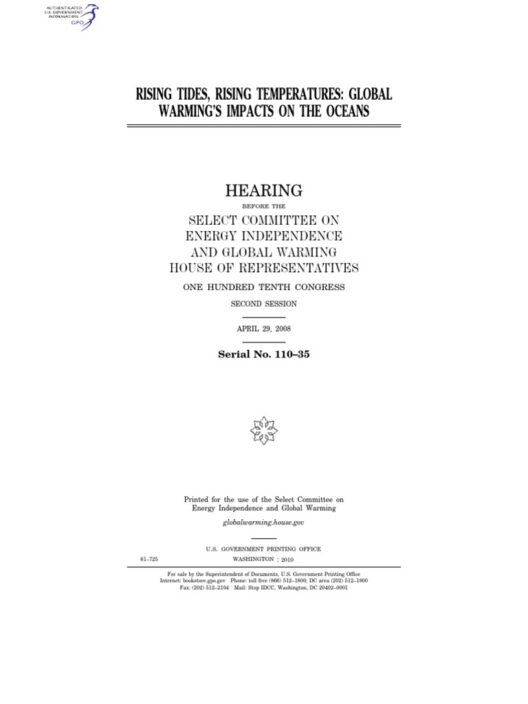The discourse surrounding renewable energy sources often invokes a paradox: while wood is frequently heralded as a sustainable alternative to fossil fuels, its combustion remains a contentious issue. Specifically, the practice of burning wood for energy raises significant inquiries about its impact on global warming. By dissecting the nuances of wood burning, one can separate the dichotomy of myth from reality.
To understand the implications of burning wood on climate change, we must first recognize the essential role of carbon in our atmosphere. Carbon dioxide (CO2) is the predominant greenhouse gas associated with global warming. When fossil fuels are burned, they release carbon that has been sequestered underground for millions of years, contributing to a marked increase in atmospheric CO2 levels. In contrast, wood is composed of carbon; when trees grow, they absorb CO2 through photosynthesis, thereby storing carbon until they decay or are combusted.
When wood is burned, it releases the carbon that the tree initially absorbed. The critical question arises: does this process contribute collectively to global warming? The answer is multifaceted. It depends on various factors, including the source of the wood, the method of combustion, and the overall sustainability of forest management practices.
One prevalent myth is that burning wood is inherently “carbon neutral.” Proponents argue that because trees absorb CO2 as they grow, the carbon released upon burning does not contribute to increased atmospheric CO2 levels. While it’s true that sustainably sourced wood can be considered a part of a closed carbon cycle, this is only valid under specific conditions. For example, if trees are replanted promptly and managed adequately, the carbon released through combustion can be reabsorbed by new growth over time. This cycle, however, hinges crucially on timely reforestation and responsible forestry practices.
Moreover, the combustion efficiency plays a pivotal role in the equation. Traditional wood-burning stoves and open hearths are often inefficient, releasing significant amounts of particulate matter and other pollutants. These pollutants can contribute to local air quality issues and indirectly impact global warming through the formation of ground-level ozone, a harmful greenhouse gas with serious implications for climate change.
Modern advancements in technology, however, have led to the development of cleaner, more efficient wood-burning appliances. High-efficiency stoves and gasifying technology, for instance, are designed to combust wood more completely, thereby reducing emissions. Such innovations not only improve energy output but also diminish the release of harmful pollutants into the atmosphere. This highlights the importance of technological development in mitigating the potential adverse impacts of wood combustion.
Additionally, carbon released from burning wood can still contribute to a net increase in atmospheric CO2 if there is a significant delay in reforesting efforts or if deforestation occurs. Unsustainable logging practices that lead to net losses in forested areas can exacerbate climate issues. If forests are not sustainably managed, the loss of trees resulting from logging can lead to a carbon deficit, emitting more carbon into the atmosphere than can be reabsorbed over time.
The geographical context is another crucial element in understanding the impact of wood burning. Regions with abundant forest resources may have different outcomes than areas where deforestation is rampant. For instance, the practices in Scandinavian countries focus heavily on sustainable forestry, allowing for a net positive balance where wood burning is less harmful to the climate. Conversely, in areas where forests are rapidly being depleted, reliance on wood fuel could drastically worsen carbon emissions and climate change.
If we truly aspire to address global warming, we must approach wood burning with a critical mindset. It is not merely a question of whether wood burning is good or bad; it requires a comprehensive examination of sustainability practices, emission levels, and technological efficiencies. By elevating awareness of responsible sourcing and effective combustion technologies, society can harness the potential benefits of wood as an energy source without sacrificing our commitments to mitigate climate change.
Conclusively, the notion that burning wood is unequivocally carbon neutral is a simplification that belies the underlying complexities. While wood has the potential to be part of a low-carbon energy strategy, it is paramount to ensure that the sourcing, burning practices, and forest management are conducted sustainably. As stewards of the planet, addressing these details is essential for crafting effective climate policies and residential energy solutions. The stakes are high in the battle against climate change, and with conscious choice, we can leverage wood as a renewable resource responsibly while striving for a greener and healthier future.








